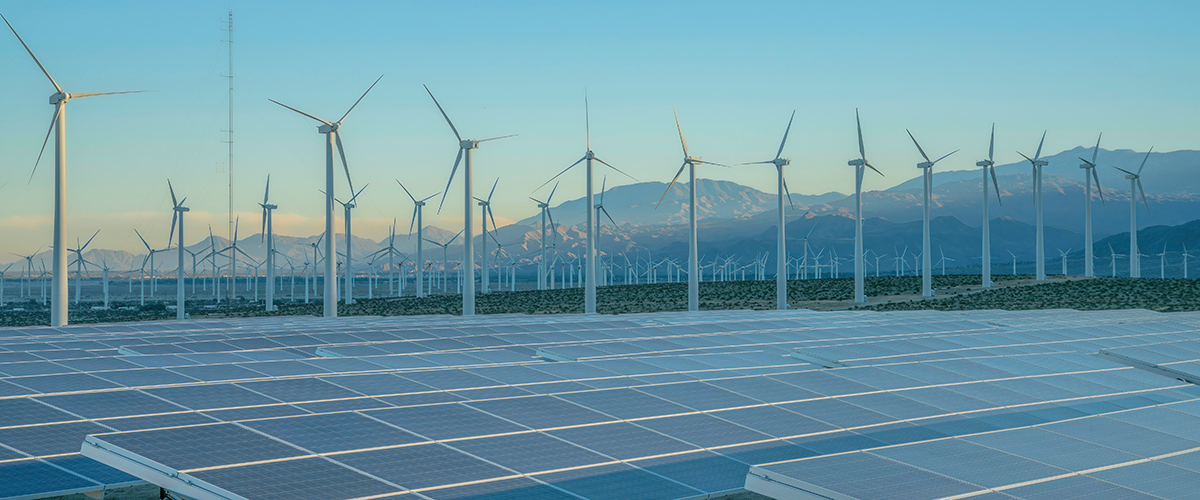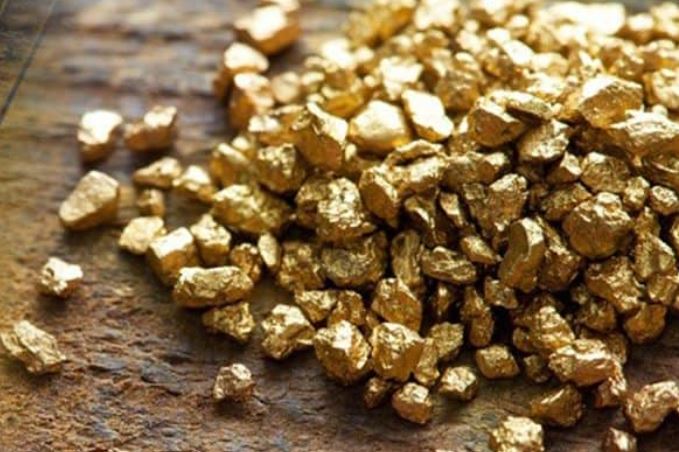Liberia has a lot of natural resources, including minerals, forests, water, and farmland. Important minerals like iron ore, gold, and diamonds are found in areas such as the Bomi Hills and Mount Nimba.
In 2023, production rose, with gold by 16.4%, diamonds by 2.6%, and iron ore by 1% due to favorable mining conditions. Forests cover about 50% of the country, boosting the economy but facing deforestation risks.
Agriculture, with over 4 million acres of arable land, employs more than 60% of the workforce. Liberia’s natural wealth is valued at $24.7 billion, with forests contributing $1,035 per capita. However, economic growth is delayed by weak infrastructure and dependence on commodity exports.
Liberia’s Natural Resources And Their Location
Here’s a list of Liberia’s natural resources and their locations:
| Natural Resources | Locations |
|---|---|
| Iron Ore | Bomi Hills, Bong Range, Mano Hills, Mount Nimba |
| Gold | Bea Mountain, Bukon Jedeh, Cestos River, Putu Range |
| Diamonds | Central and Western Liberia (Kimberlite sources and alluvial placers) |
| Manganese | Grand Gedeh County |
| Graphite | Bong County |
| Barite | Montserrado County |
| Forests | Northwest (deciduous forests) and Southeast (evergreen forests) |
| Water Resources | St. Paul River, St. John River, Cavalla River, Lofa River, Mano River |
| Wetlands | Coastal wetlands (Lake Piso, Lake Shepherd); Inland wetlands |
| Rubber Plantations | Margibi County (Firestone Liberia), Bong County |
| Palm Oil | Grand Cape Mount County, Bomi County |
Discoveries And Viability Of Liberia’s Natural Resources
Liberia is rich in natural resources, from minerals to vast forests, and these resources have helped its economy for decades. Let’s learn how these natural resources were discovered and their current viability.
Iron Ore
Liberia became a major iron ore producer between the 1950s and 1970s. Large deposits were discovered in Bomi Hills, Bong Range, Mano Hills, and Mount Nimba, which holds the largest reserves.
Iron ore remains profitable due to strong global demand, though price fluctuations affect stability. In 2022, iron ore exports made up 27% of Liberia’s total earnings.
Gold
Artisanal gold mining started in the early 20th century, peaking at over 30,000 ounces per year in the 1940s. Over 600 gold occurrences have been recorded, with major deposits in Bea Mountain, Bukon Jedeh, and Cestos River.
Rising global prices keep gold profitable, but artisanal mining poses regulatory and environmental challenges.
Mechanized mining is expanding into untapped areas, increasing production. In 2023, gold output grew by 16.4% due to improved conditions.
Diamonds
Kimberlite sources were seen in central and western Liberia during early exploration. The country hosts more than 160 known kimberlite dikes.
However, the industry is still viable but faces competition and changing global demand. Diamond mining resumed in 2007 under the Kimberley Process, with a production increase of 2.6% in 2023.
Forests
Liberia’s forests, among the largest in West Africa, have been valued since colonial times. They cover much of the northwest and southeast.
Timber production is profitable, but illegal logging and deforestation threaten biodiversity. The forestry sector generated over $100 million in revenue most recently.
Rubber
The Firestone Tire and Rubber Company established Liberia’s rubber industry in 1926. Rubber is still a key export, though global price shifts and labor disputes create challenges. Rubber exports brought in about $70 million in 2023.
Additionally, Offshore oil exploration began in the early 2000s, but it is in its early stages. The U.S. Geological Survey estimates notable reserves along Liberia’s coast.
If developed responsibly, oil could change the economy, but offshore drilling carries environmental risks that demand strict regulation.
Export Potential Liberia’s Natural Resources
| Natural Resources | Export Value | Primary Markets |
|---|---|---|
| Iron Ore | $285.7 million | Europe, Asia |
| Gold | $542.9 million | Europe, Asia |
| Diamonds | $22.5 million | Europe, Asia |
| Rubber | $70 million | U.S., Asia |
| Timber | Over $100 million | Europe, Asia |
| Potential Oil | Underdeveloped | Potential markets in Europe, Asia, and North America |
Liberia’s economy leans on natural resource exports. Iron ore, gold, diamonds, rubber, and timber are key commodities, driving GDP and foreign exchange earnings.
In 2023, these resources made up over 70% of total export earnings. Liberia was once a leading iron ore exporter in Africa, with major deposits in Bomi Hills, Bong Range, Mano Hills, and Mount Nimba. Iron ore is still an essential export, valued at $285.7 million in 2023, with key markets in Europe and Asia.
With investments from companies like ArcelorMittal, Liberia wants to boost production and expand its market.
Gold exports have surged, reaching $542.9 million in 2023. This growth comes from both artisanal and mechanized mining.
Mechanized operations are expanding into underexplored areas like Bea Mountain, opening opportunities for increased production. As global gold prices rise, Liberia’s exports are expected to follow.
Liberia resumed diamond exports through the Kimberley Process Certification Scheme. In 2023, exports were valued at $22.5 million.
However, the industry faces challenges like fluctuating demand and competition. Liberia plans to increase production while maintaining responsible mining standards.
Rubber has been Liberia’s top commercial crop since the early 20th century, with Firestone Liberia operating major plantations. The U.S. and Asia are the primary export destinations.
Despite global price fluctuations, rubber is a key export commodity.
Liberia’s timber industry began recovering after UN sanctions were lifted in 2006. The sector still struggles with illegal logging and regulatory challenges.
Liberia’s exports mainly go to Europe, accounting for about 75% of total trade, particularly iron ore and gold.
Asia represents 11%, with iron ore and palm oil going to China and India. North America primarily imports rubber for about 7% of total exports.
Economic Impact Of Liberia’s Natural Resources
Here’s how Liberia’s natural resources have impacted the country’s economy:
GDP Contribution
Rubber, iron ore, and gold drive GDP expansion. In 2023, real GDP growth reached 4.8%, with a projected 4.6% in 2024.
Increased production and strong global prices are fueling these changes. These resources also provide stability during economic downturns, assuring steady revenue.
Export Earnings
Natural resources dominate Liberia’s export sector, with exports surpassing $1.1 billion, with iron ore and gold at the top.
Demand from Europe and Asia is strong. Iron ore exports alone contributed significantly to overall earnings.
Employment
The resource sector supports thousands of jobs. Over 100,000 people work in artisanal gold and diamond mining.
Rubber plantations, including Firestone Liberia, create additional employment opportunities. These industries drive local economies.

